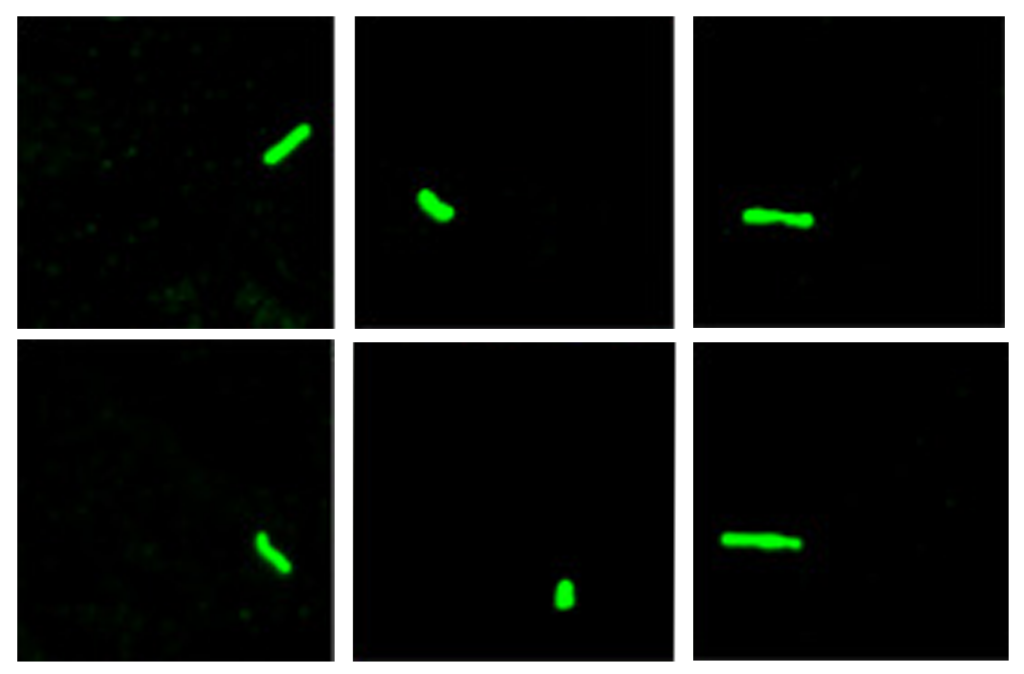Hopping gene destabilizes autism-linked chromosomal region
Researchers have found the first direct evidence that a hopscotching gene destabilizes the 15q13.3 chromosomal region, and may be to blame for the region’s role in autism and other brain disorders. They presented the unpublished results Wednesday at the American Society of Human Genetics Meeting in Boston, Massachusetts.
Researchers have found the first direct evidence that a hopscotching gene destabilizes the 15q13.3 chromosomal region, and may be to blame for the region’s role in autism and other brain disorders. They presented the unpublished results Wednesday at the American Society of Human Genetics Meeting in Boston, Massachusetts.
This stretch of chromosome 15 is prime real estate for structural changes, particularly microdeletions, or tiny lost segments of DNA. Evan Eichler and his colleagues found that the itinerant gene, called GOLGA, consistently causes deletions in this region.
Eichler’s group had previously coined the term ‘core duplicons’ to refer to genes that repeatedly pull up stakes and hop to a different part of the chromosome. As they jump, the genes take flanking stretches of DNA with them, and duplicate themselves and the flanks wherever they land.
The resulting genetic regions are rife with duplications within duplications, and inverted sequences — mixed-up palindromes that most genetic researchers won’t tackle because of their complexity.
“This research is giving a complete picture of exactly what’s happening at these disease-associated loci,” says Megan Dennis, a postdoctoral researcher in the Eichler lab at the University of Washington who presented the work. “These core duplicons are responsible for all of the structural variation in this region.”
The researchers used a combination of three existing sequencing technologies to locate the points in chromosome 15 that break and cause the inversions and microdeletions involved in autism and other disorders. They mapped five distinct rearrangements of the 15q13.3 region that came about as the segment grew longer and flipped its sequence backward on two separate occasions.
The inversions and repeats lead to structural changes that predispose this region in general, and the autism-associated gene CHRNA7 in particular, to mutations.
“Could the segmental duplications here that cause autism be drivers for our extraordinary human neurological capacity?”
Using three sequencing methods would be overkill for investigating most genetic regions, say the researchers, but is useful for examining highly complex regions. The Eichler lab is using this approach to examine the role of duplicons in other autism hotspots, including the 16p11.2 and 1q21.1 chromosomal regions.
Core duplicons may not always be troublemakers, however. They are found only in primates, and Dennis says the mutations that the duplicons introduce may have led to helpful innovations in brain structure over the course of evolution.
“Could the segmental duplications here that cause autism be drivers for our extraordinary human neurological capacity?” asks Dennis. “They could potentially be causing the expansion of the human brain.
For more reports from the 2013 American Society of Human Genetics Meeting, please click here.
Recommended reading
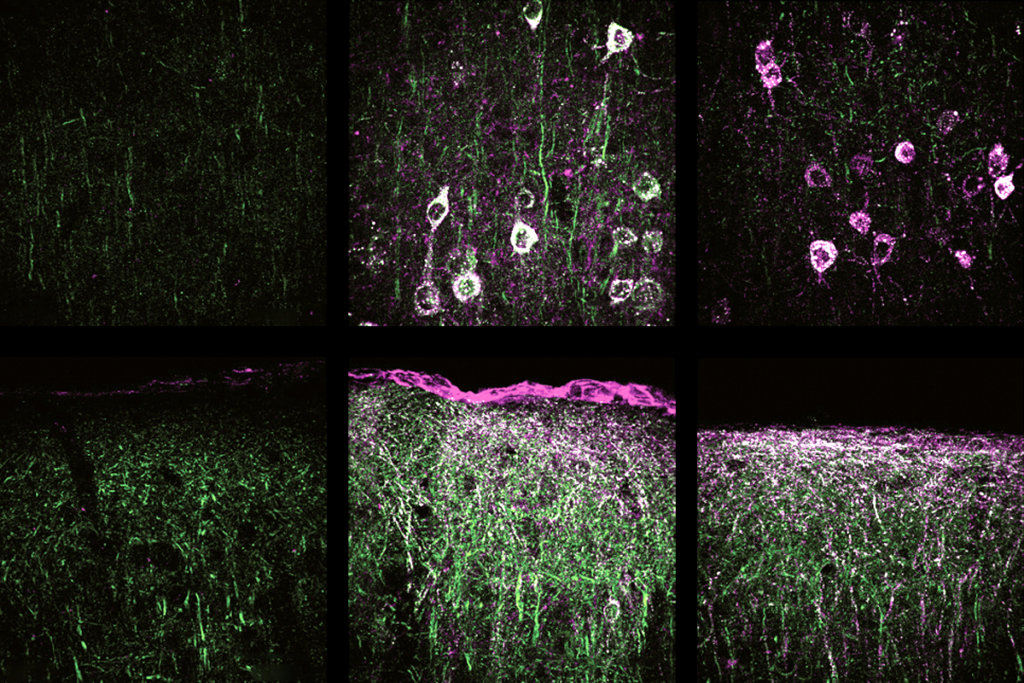
Gene replacement therapy normalizes some traits in SYNGAP1 model mice
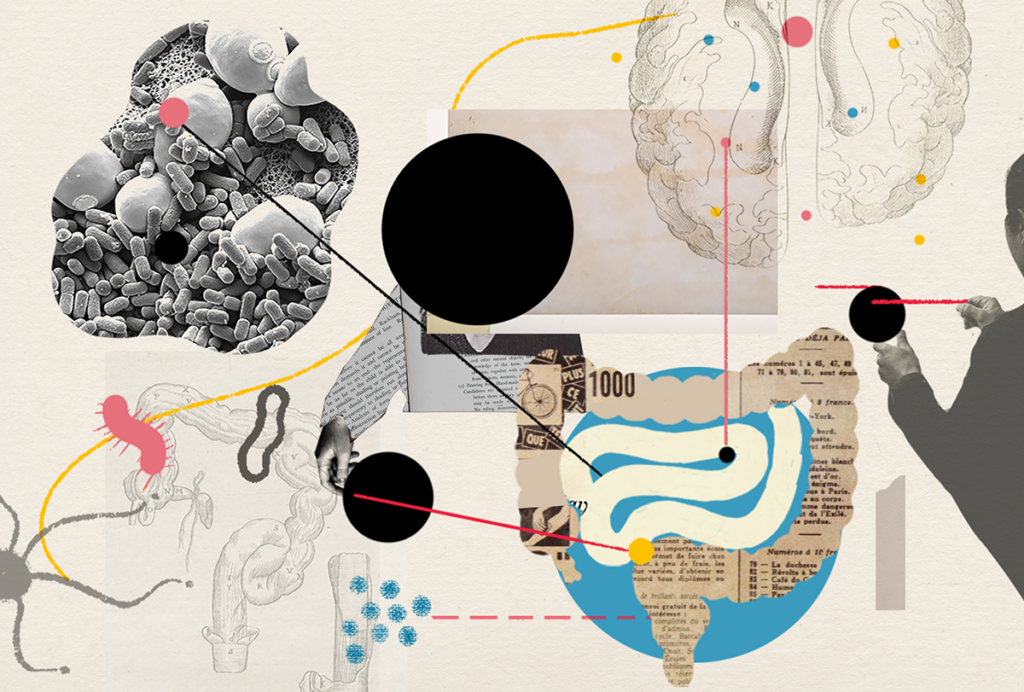
Going against the gut: Q&A with Kevin Mitchell on the autism-microbiome theory
Explore more from The Transmitter
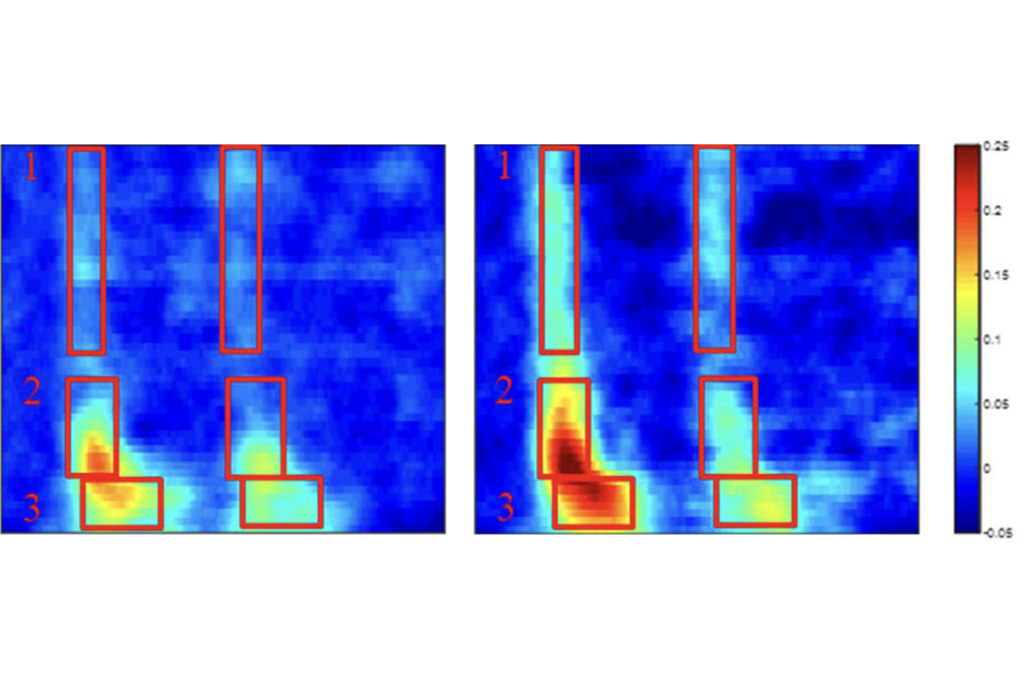
New findings on Phelan-McDermid syndrome; and more
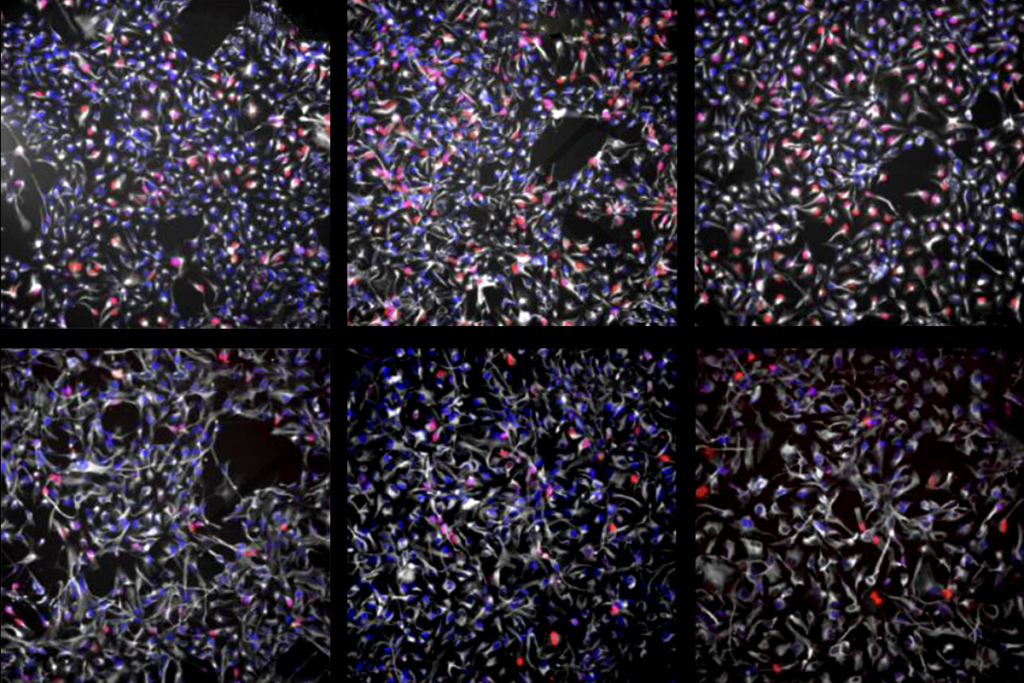
Dosage of X or Y chromosome relates to distinct outcomes; and more
